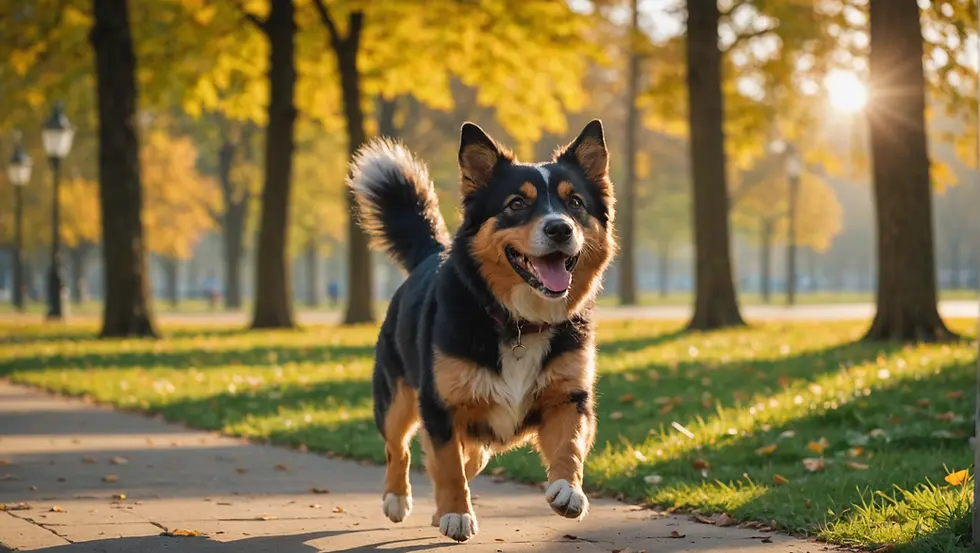Minimal restraint techniques can significantly help reduce anxiety in dogs during grooming or other handling situations. Here’s how these techniques can contribute to a calmer experience!
- Meghan Bertchie
- Nov 8, 2024
- 2 min read
1. Promotes Comfort and Trust
Gentle Handling: Using minimal restraint allows for a more gentle and compassionate approach, which can help build trust between the dog and the groomer.
Reduced Fear of Confinement: Many dogs feel anxious when restrained too tightly. By minimizing physical constraints, dogs may feel less trapped and more secure, which can reduce panic and stress.
2. Encourages Natural Behavior
Freedom of Movement: Allowing a dog some freedom to move can help them feel more in control of their environment. This can prevent the instinct to struggle against restraints, which often exacerbates anxiety.
Ability to Escape: Dogs naturally want to have an escape route. Minimal restraint gives them the option to move away or reposition themselves, which can decrease feelings of vulnerability.
3. Promotes Positive Associations
Calm Environment: A less restrictive approach can create a calmer grooming environment, helping the dog associate grooming with positive experiences rather than restraint and discomfort.
Rewards and Reinforcement: With minimal restraint, groomers can use treats and praise more effectively, reinforcing calm behavior and creating a positive feedback loop.
4. Reduces Physical Discomfort
Less Pressure on the Body: Minimal restraint reduces physical discomfort associated with tight collars or harnesses, which can alleviate stress and anxiety.
Prevention of Injury: By avoiding tight restraint, there’s a lower risk of causing injury, such as neck strain or respiratory distress, which can contribute to further anxiety.
5. Enhances Grooming Techniques
Calm Handling: Minimal restraint allows groomers to use hands-on techniques that are less intrusive, which can be particularly beneficial for sensitive or anxious dogs.
Adaptive Grooming: Groomers can adjust their approach based on the dog’s reactions. If the dog becomes anxious, they can pause and allow the dog to calm down instead of forcing through grooming tasks.
6. Facilitates Communication
Better Reading of Body Language: With less restraint, dogs are more able to express their comfort or discomfort through body language. This allows groomers to respond appropriately to the dog’s needs, enhancing the overall grooming experience.
Encourages Cooperation: Dogs are more likely to cooperate when they don’t feel overly restricted. This can make the grooming process smoother and faster.
Techniques for Minimal Restraint
Using Soft, Adjustable Harnesses: These can provide support without applying pressure to the neck, allowing for some freedom of movement.
Leads and Slip Leads: When necessary, these can be adjusted for comfort and used lightly to guide rather than restrain.
Grooming Tables with Gentle Restraints: Tables equipped with soft, adjustable straps can help stabilize a dog without causing anxiety.
Positive Reinforcement: Offer treats and praise throughout the grooming process to encourage calm behavior and reinforce positive associations with grooming.
Summary
Minimal restraint techniques can significantly reduce anxiety in dogs during grooming by promoting comfort, encouraging natural behaviors, and creating positive experiences. This approach not only benefits the dog but also leads to a more efficient and enjoyable grooming session for the groomer. By fostering a trusting and calm environment, groomers can help alleviate fear and create a more positive experience for all involved.







Comments